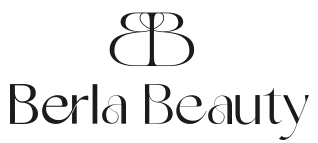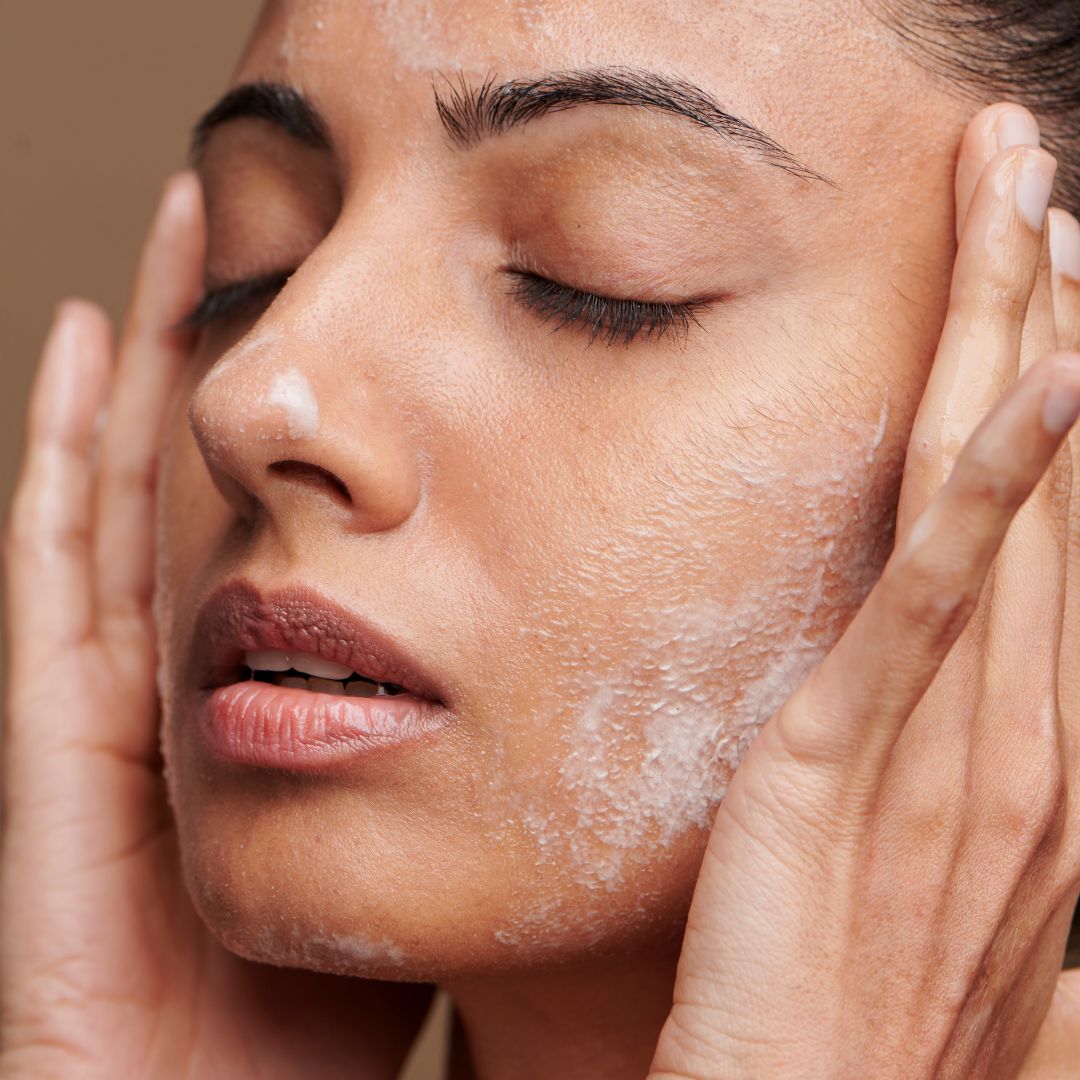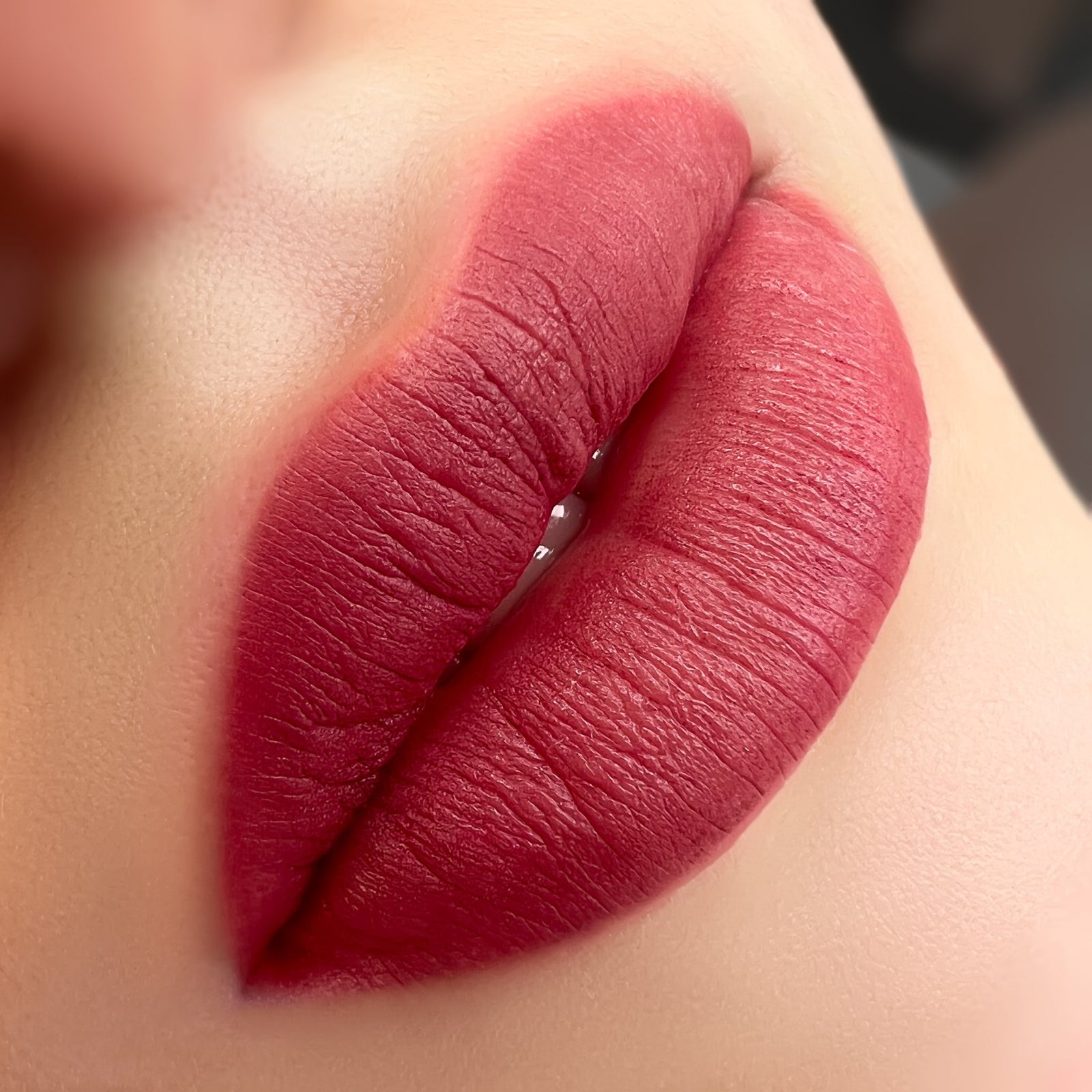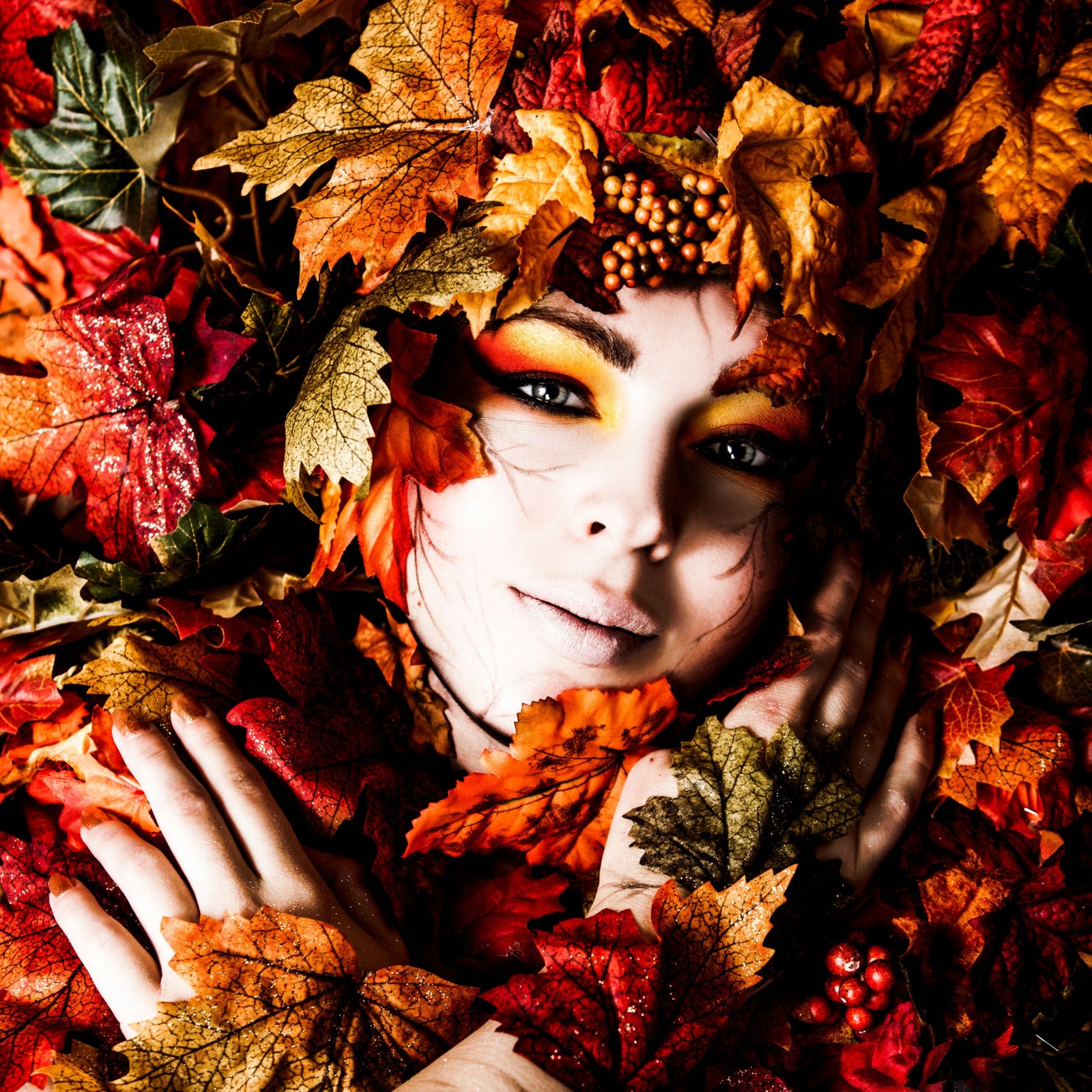Introduction
With the rise of makeup artistry in recent years, two makeup techniques have become widely used—bronzing and contouring. Both are trends in the beauty world that can help you transform your look and accentuate your features, but there is a distinct difference between them. Knowing how to use each of these methods correctly is essential for achieving a beautiful, natural-looking result.
Bronzers and contouring are often thought to be interchangeable when it comes to makeup, but this is not the case. Bronzers are used to add warmth and sun-kissed glow while contouring helps define and highlight certain facial features to create desired effects. Understanding the differences between bronzers and contours can open up exciting opportunities for your beauty routine or upcoming special event. In this article, we will explore the differences between bronzing and contouring—what they do best as well as help you choose which method is right for you.
What is Bronzer?
Bronzer is a cosmetic product which is used to achieve a sun-kissed glow. It is available in a wide range of shades, from pale to dark, warm to cool tones. It is applied to the cheekbones, forehead, and in some cases, even to the nose. Bronzer also creates a soft, natural look, so it can easily be used for everyday looks or for special occasions.
Let's take a closer look at what bronzer is and how it works.
Types of Bronzer
There are several types of bronzers available for achieving a natural-looking glow. Depending on your desired finish, depending on the type of product you use and the application technique, you can create anything from an all-over natural “sun-kissed” complexion to a contoured look with sculpted highlights and shadows. Here is a quick overview of the different types of bronzers you might find in stores or online:
Powder: Powder bronzers are generally used to set foundations for light coverage or for natural bronzing around the face. They come in both matte and shimmer varieties as well as various shades of brown and tan to help customize your look. Be sure to choose one with good blendability so that it seamlessly integrates into your existing makeup.
Bronzing Mousse: Bronzing mousse is a revolutionary type of bronzer that has recently become popular due to its lightweight texture and easy application. Perfect if you don't like anything too heavy on your skin, this product will give you a streak-free sheer bronzed color that looks very natural. Due to its creamy texture it is best applied with fingertips or even just blended into the skin with your foundation brush.
Cream Bronzer: Creamy texture makes cream bronzers perfect for adding dimension and/or subtly defining features on different parts of the face, such as along the jawline, nose or cheeks. You can also mix some cream bronzer in with your regular foundation or tinted moisturizer to get an all-over sun kissed complexion without looking ‘made up’ . The best way to apply this type of bronzer is usually with a synthetic buffing brush like a beauty blender sponge.
Liquid Bronzer: Much like its cream counterpart mentioned above, liquid bronzers can be used for contouring but they offer greater precision as they come packaged in pen form which make them easier when getting finer details right such as around the eyes and nose area giving a very natural looking sun kissed complexion while still accomplishing an impactful effect — perfect if it’s precision contouring you’re after!
Benefits of Bronzer
Bronzer is an easy-to-apply makeup product used to give the skin a sun-kissed look without harmful UV rays. Its oil and wax-based formula enhances a natural glow and warms up your complexion, bringing an element of freshness to your face. Bronzer can also be used as a blush and an overall contouring tool to define the cheekbones, nose, brows, or any other facial feature you want to emphasize.
When applied correctly, bronzer will give you the sought-after glowing look in no time. It is often suggested that beginners use cool or neutral tones instead of highly pigmented bronzers as it can be difficult to control and blend the color into your skin tone for if it is too intense.
Benefits of using bronzer include:
- Enhances natural complexion with a subtle glow
- Compliments all skin tones
- Best when used in combination with other makeup products
- Lightens up dark circles around eyes
- Adds subtle definition to facial features for a more sophisticated look
What is Contouring?
Contouring is a makeup technique used to shape and sharpen facial features to give the illusion of higher cheekbones, a slimmer nose, and a more chiseled jawline. It's also used to add depth and dimension to the face. Commonly known as “contouring”, it is specifically meant to imitate shadows where applied.
Let’s explore this makeup technique in more depth.
Types of Contouring
Contouring is the art of defining and sculpting your features by accentuating both shadows and highlights. By strategically placing a light colored product on bright points of the face, cheekbones, temples, etc. and a darker bronzer or contour powder on to the areas of vanishing points, sides of nose and hollows of cheeks you can really create an illusion that sculpts the face in all its golden glory.
The type of contouring you use should be based on the level of drama you are looking for and what resources you have available.
Light Contouring: Recommended for everyday makeup or those who want a consistent look without intense color payoff. Light contouring is achieved with lighter shades like matte bronzer or powder to create subtle shadows that don’t over-emphasize features.
Heavy Contouring: Recommended for more dramatic looks such as evening events or photoshoot makeup styles where bolder colors are preferred. Heavy Contouring usually involves darker shades like brown/black cream products to help create more defined shadows that downplay certain features while accentuating others with more precision and sharpness.
Cream Contouring: This kind of contouring involves using both light and dark cream products in combination with liquid foundation to provide users with better control over their desired look. This method is great for creating extremely precise angles which can require some practice beforehand so be sure to experiment before committing to this technique!
Benefits of Contouring
Contouring is a makeup technique used to create shadows and enhance facial features to make them appear more pronounced. This can be used to redefine your cheekbones, or give the appearance of a slimmer nose or jawline, as well as other features such as making your eyes appear larger. Contouring can be used for both day and night looks. By adding shadows in certain areas, you can immediately make any face shape appear slimmer and more full.
Contrary to what many think, because contouring is done with natural looking colors, there are no visual lines like usually seen when using harsh bronzer products. When highlighted and blended together properly, contouring can look natural and subtle while still providing dramatic effects to improve facial visuals. For example, instead of using heavy bronzer all around the face, contouring uses lighter shades that blend into one another so they aren't too powerful when worn on the face during the day.
By using palettes of two toned creams and powders in light shades of browns and beiges –oreven grays if you have warm tones– it is possible to enhance any aspect of your own unique features with contouring that suits your unique color palette perfectly!
Comparison
Bronzers and contouring are both popular beauty techniques used to enhance facial features and create a desired look. They both involve using makeup to subtly emphasize parts of the face, but they are very different in their application and results.
Let's take a closer look at them and compare the two to determine which one works best for you.
Complexion
Complexion is the first consideration when trying to decide between bronzer or contour. If your skin is fair, then you are better off with bronzer as it won’t be too harsh for your complexion. Bronzers can also have shimmer, which is great for adding some extra glow to the skin.
If you have a darker skin tone, then contouring is the best way to go as it can provide more definition and depth than bronzer would. For example, contour powder can be used to create shadows on your face which helps sculpt and define it.
Contouring should always be done carefully and sparingly on dark skin tones as too much product will look unnatural and unflattering.
Coverage
The coverage provided by bronzer and contouring products will vary depending on the type you choose. Bronzers, whether powder or liquid, tend to offer a light coverage that can be built up in layers or blended to create a sun-kissed glow. Contouring products have a stronger pigment payoff with medium to full coverage, giving you the ability to sculpt an area while still blending in with your natural complexion.
Depending on the look you are going for, one may be more suitable than the other. Bronzes and contours both come in a variety of shades as well so take some time to find the right one for your skin tone, and always double check with a mirror before stepping out into the light!
Finish
The type of finish you choose can also have an impact on the end result of your makeup look. Bronzers often have a shimmery, dewy finish which is perfect for those with dryer skin types. Contour products tend to be more matte in nature and this gives a more natural definition while avoiding any glitter or sparkle. This makes them particularly suitable for those with oilier complexions, as they are less likely to slide off throughout the day and give a heavy shine.
Overall, it is important to consider the finish of your product in order to create the most natural look possible.
Conclusion
The choice between bronzer and contouring is based on personal preference, desired effect, and skin type. Bronzers are great for getting a subtle touch of warmth to create a sun-kissed look all-year round, while contouring offers a more dramatic result. Those with more textured skin may prefer using contour products as they can be easily blended into the skin without smearing or fading.
No matter which technique you choose, it is important to blend with your fingertips or a sponge to achieve an even or streak-free look. Additionally, use bronzers or contour products designed for your face either specifically designed for the purpose or in formulas specifically made for the face rather than all-over use. Choosing quality formulas that last long and don’t cause irritation will also help to get the job done easier at home.



